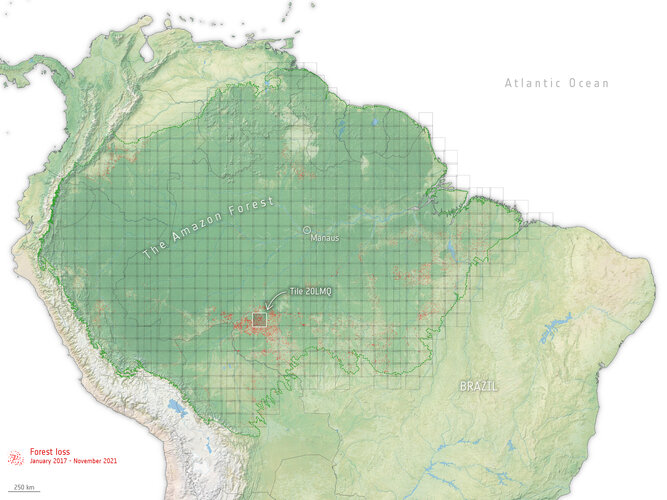
Copernical Team
Latest astronaut from UAE getting used to space

The second astronaut from the United Arab Emirates is still adjusting to life off the planet, after rocketing to the International Space Station last week.
NASA's Artemis 2 mission around Moon set for November 2024
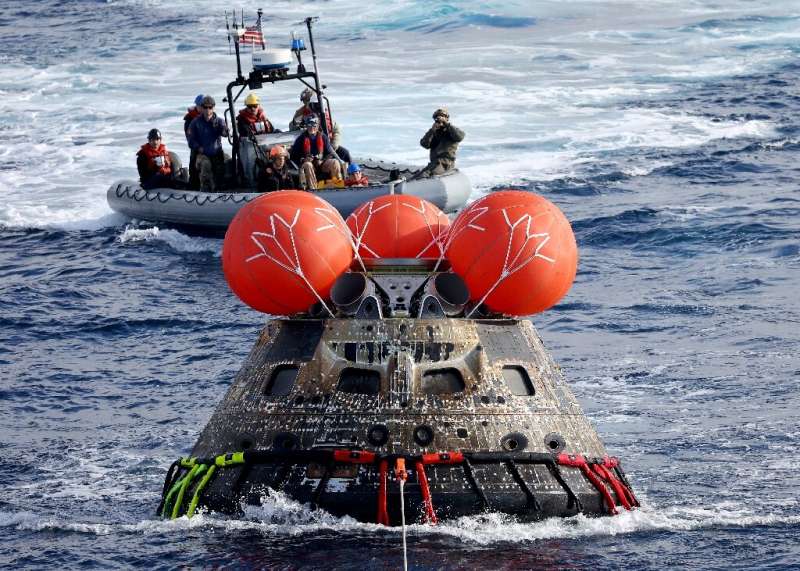
NASA is on track to launch a crewed mission around the Moon in November of next year after a successful unmanned test flight, the US space agency said Tuesday.
NASA officials provided an update on the Artemis program, which aims to return humans to the Moon for the first time since the historic Apollo missions ended in 1972.
The first Artemis mission wrapped up in December with an uncrewed Orion capsule returning safely to Earth after a more than 25-day journey around the Moon.
Artemis 2, scheduled to take place in late November 2024, will take a four-person crew around the Moon but without landing on it.
"We're looking forward to that crew flying on Artemis 2," NASA associate administrator Jim Free told reporters. "Right now there's nothing holding us up based on what we learned on Artemis 1."
NASA is to reveal the members of the Artemis 2 crew later this year. All that is known so far is that one of them will be a Canadian.
How does the immune system react to altered gravity?
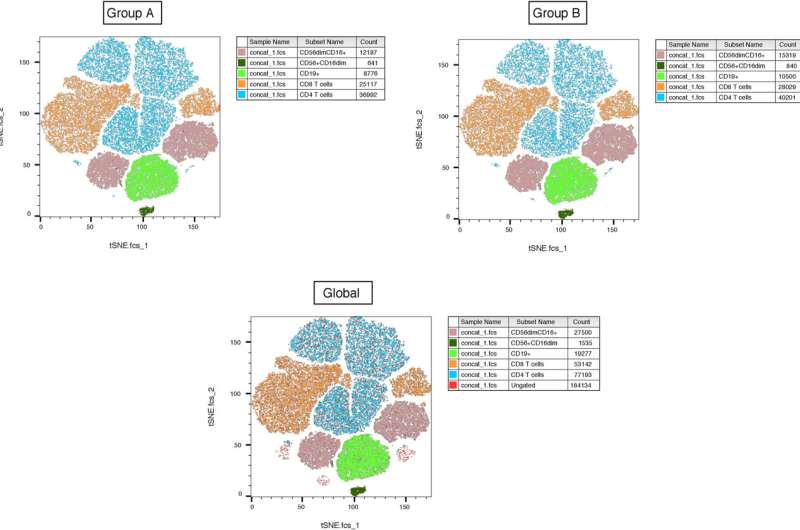
Space travel has always tested the human body by the effects of the new conditions of altered gravity on biological systems. It has long been known that continuous exposure to microgravity conditions human physiology and causes effects that compromise muscular, sensory, endocrine and cardiovascular functions. But is it also risky to be exposed to altered gravity for short periods of time?
Now, a paper published in the journal Acta Astronautica examines the effects of microgravity generated by a parabolic flight on the human immune system. After a short exposure to altered gravity, there were no significant changes in the defensive capacity of blood cells in the volunteers who took part in the study.
Space Ambition now interactive!

The interactive version of the Space Ambition book is now online, featuring all the content and images included in the hardcover edition.
Japan launches H3 rocket, destroys it over 2nd-stage failure
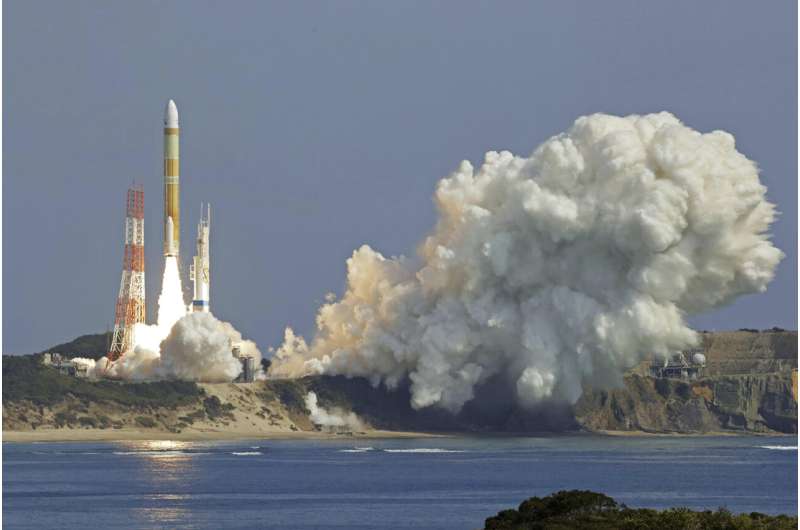
Japan's space agency intentionally destroyed a new H3 rocket minutes after its launch Tuesday because the ignition failed for the second stage of the country's first new rocket series in more than two decades.
Coming three weeks after an aborted launch due to a separate glitch, the H3's failure was a setback for Japan's space program—and possibly for its missile detection program—and a disappointment for space fans who were rooting for Tuesday's retrial.
The H3 rocket with a white head blasted off and soared into the blue sky from the Tanegashima Space Center in southern Japan as fans and local residents cheered. It followed its planned trajectory and the second stage separated as designed, but the ignition for it failed, the Japan Aerospace Exploration Agency said.
Guide morphing rovers across alien world in evolutionary computing contest
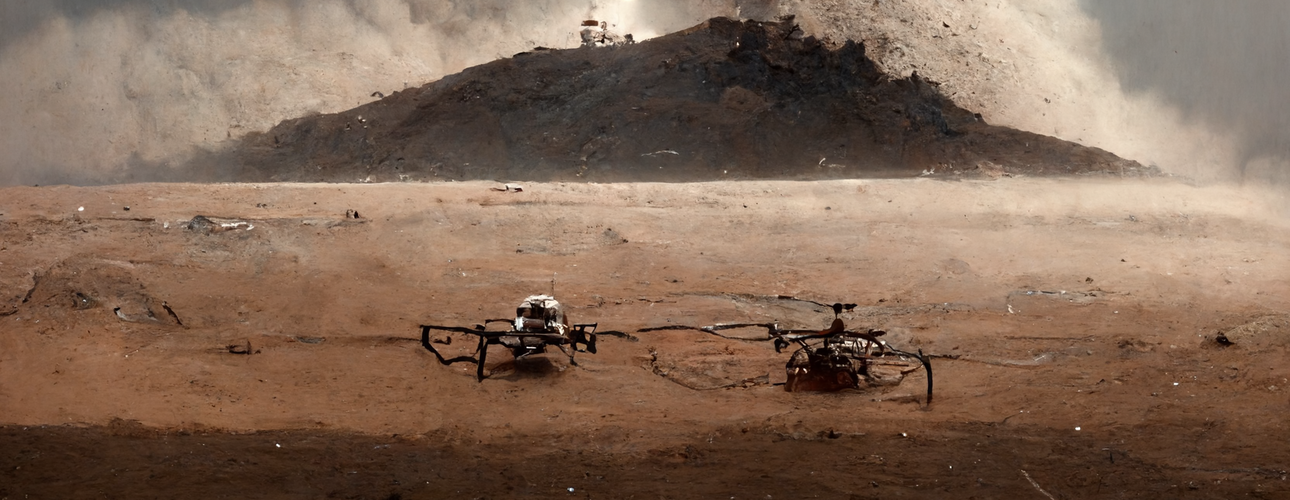
Thousands of years from now, the descendants of humankind gather via a galactic network of wormholes to begin the joint exploration of a curiously Mars-like world in deep space. A constellation of quantum communication satellites serve to oversee the progressive mapping of this terra incognita by AI rovers, which are capable of morphing their shape to traverse the most challenging terrain imaginable.
Airbus wins contract from Angola for Earth observation satellite Angeo-1
 As part of French President Emmanuel Macron's visit, Airbus Defence and Space has announced an agreement for Angeo-1, the first very high performance Angolan Earth observation satellite, to be manufactured by Airbus Defence and Space in France, which strengthens the collaboration between the two countries.
Jean-Marc Nasr, Head of Space Systems at Airbus said: "Space supports life on Earth.
As part of French President Emmanuel Macron's visit, Airbus Defence and Space has announced an agreement for Angeo-1, the first very high performance Angolan Earth observation satellite, to be manufactured by Airbus Defence and Space in France, which strengthens the collaboration between the two countries.
Jean-Marc Nasr, Head of Space Systems at Airbus said: "Space supports life on Earth. Japan's new H3 rocket fails again, forced to self-destruct
 Japan's second attempt to launch its next-generation H3 rocket failed after liftoff on Tuesday, with the spacecraft forced to self-destruct after the command centre concluded the mission could not succeed.
The failure is a blow for Japan's space agency JAXA, which has billed the rocket as a flexible and cost-effective new flagship.
Its launch had already been delayed by several years, an
Japan's second attempt to launch its next-generation H3 rocket failed after liftoff on Tuesday, with the spacecraft forced to self-destruct after the command centre concluded the mission could not succeed.
The failure is a blow for Japan's space agency JAXA, which has billed the rocket as a flexible and cost-effective new flagship.
Its launch had already been delayed by several years, an Galileo, how you’ve grown
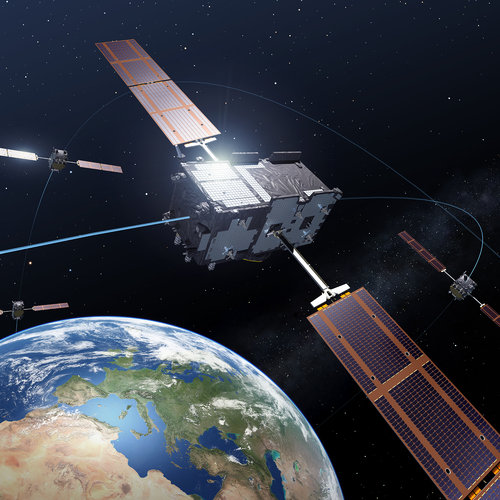
Today Galileo is the world’s most precise satellite navigation system, delivering metre-level accuracy, and if you are a modern smartphone owner then you – like nearly four billion others around the world – are among its users. This week we are celebrating that almost exactly a decade ago, on 12 March 2013, Europe for the first time ever was able to determine a position on the ground using only its own independent navigation system, Galileo.
Using a data cube to monitor forest loss in the Amazon
